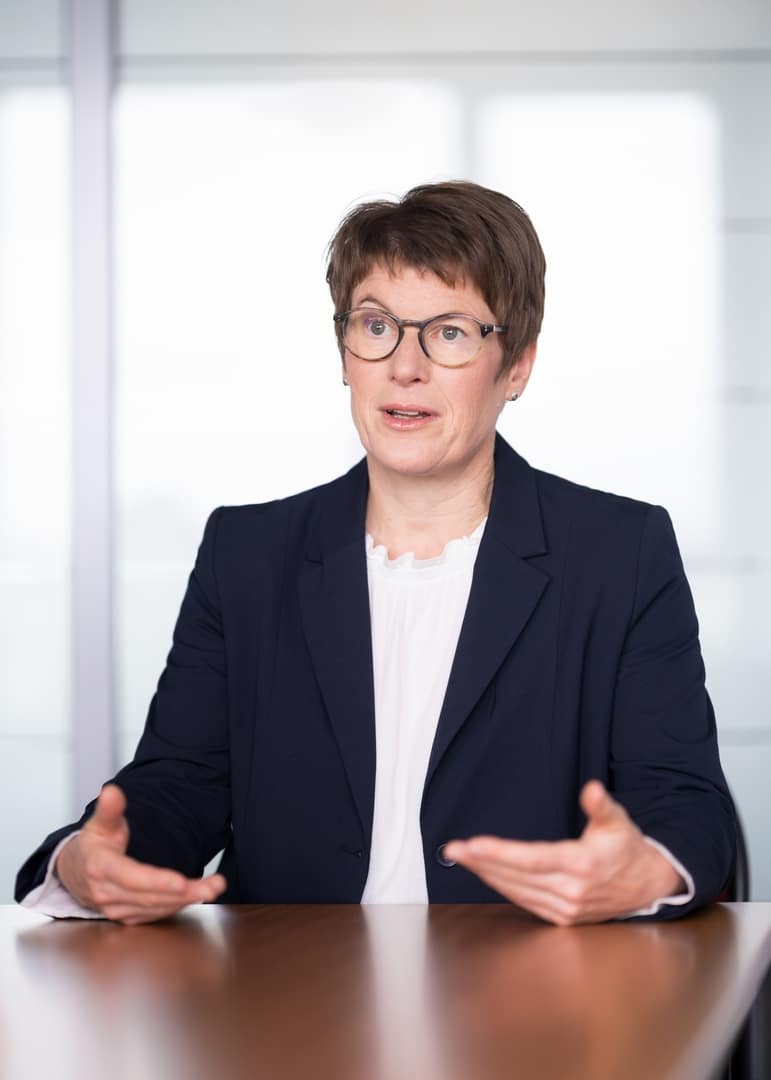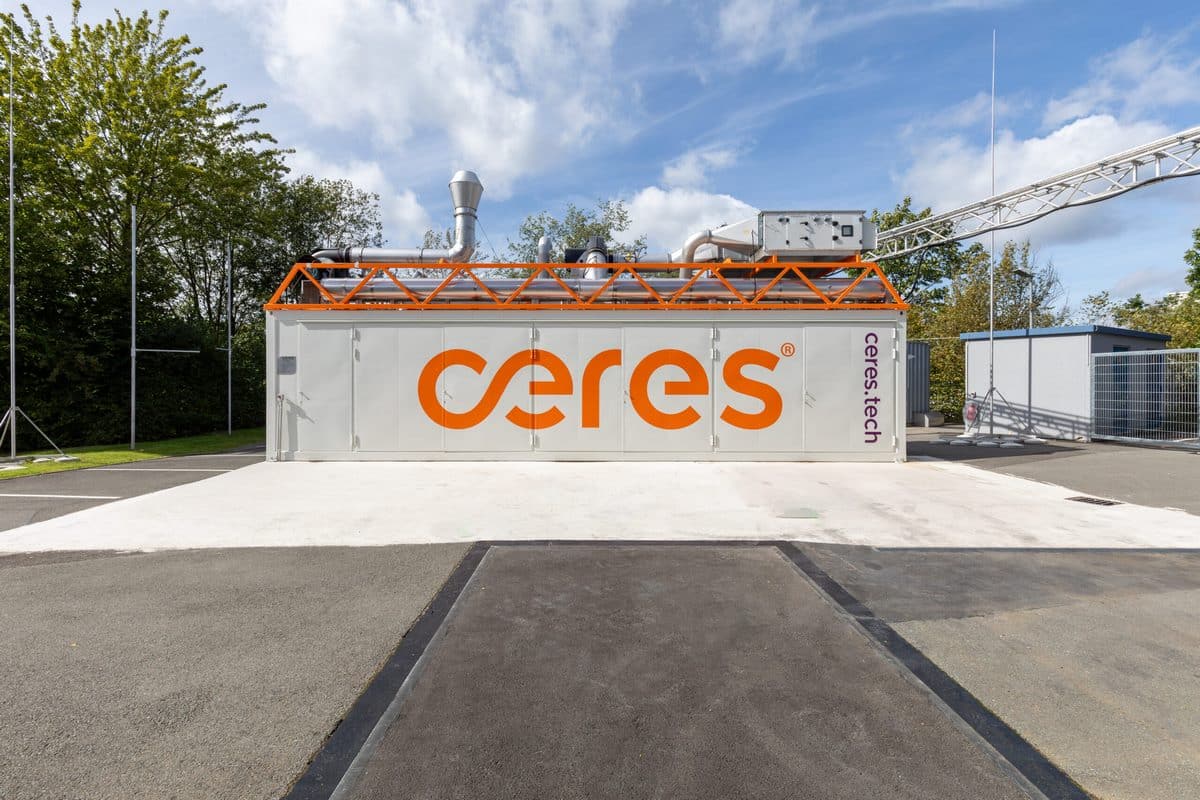The number of electric vehicles in use on Austrian roads could grow from 4,700 to around 8,000 this year, according to a statement made by the country’s environmental protection agency. In 2017, the figure could jump to 23,000; in 2020, there could be around 174,000 electric cars driving in the Alpine state. Jürgen Halasz, chair of the association for electric transportation at the federal level (BEÖ, see also HZwei issue from April 2015), an organization founded at the beginning of last year, believes that even a figure of 250,000 will be possible. All of these forecasts, however, include plug-in hybrids as well.
Mr. Halasz, Volkswagen has announced that it was going to put 20 new electric versions on the market over the next five years, most of them hybrids. Will hybrid engines advance the goal of electric transportation just as much as purely battery-driven cars, or do you believe they will actually prolong the dominance of combustion engines?
Halasz: Combined electric and combustion engines slow down the transition to electric-only transportation instead of accelerating it. The range of electric cars is more or less enough for many private buyers. There is no need for an added diesel engine. Of course, the prerequisite for emission-free electric transportation is that you charge the car with nothing other than power generated from renewable sources.
Who’s the target group for electric car purchases?
Halasz: Sixty percent of all newly registered cars are company vehicles. It’s important to incentivize the purchase of company cars to entice businesses to choose the electric version. I believe that it’ll be the top managers who will be the first to ponder whether the economic benefits warrant a switch from an Audi Q6 to a Tesla model. However, drivers have to be aware of the car’s limitation: a range of, on average, 300 kilometers. Their company can also deduct the input VAT. Right now, electric cars are the only vehicles with this benefit. Last but not least, the battery-driven version will sure up the renewable image of a company. Such a scenario could subsequently lead to economies of scale. Only if you sell more medium sedans powered by electricity alone will electric cars become cheaper in this segment as well as competitive to combustion engines. But the price for a liter of gas is just too low at the moment.
What can a supplier like Wien Energie – your primary employer – do to help get more electric cars on the road at a faster pace?
Halasz: We’re in the process of testing the different electric cars that are part of our vehicle fleet and collecting data on their use. Our goal is to learn how to replace our vehicles one by one with electric versions. At present, our 400-car fleet includes 18 electric vehicles, which makes five percent of the total. But we surely haven’t reached the end of it.
What figure do you think will be possible?
Halasz: Half of the fleet of our Energie Graz colleagues has already been changed to electric. Wien Energie is a bit of a different story, since the range of an electric car means we couldn’t serve the outskirts of our supply area. So our vehicle fleet makeup is more conservative. But a 50 percent share should be possible over the next years.
Will transportation become an intriguing new business model for utilities in the future?
Halasz: Sure, demand for transportation as a service is on the rise. Utilities will soon offer customers a vehicle for rent, and it doesn’t always have to be a normal car or a utility vehicle. It could as well be a two-wheeler (electric motor scooter or electric bike). Two-wheelers are becoming increasingly popular. Most of the time, riding on two wheels will get you faster around the city.
What are the challenges at the moment?
Halasz: The access cards owned by drivers for charging an electric car must work throughout different regions. This is paramount for increasing the acceptance of electric transportation. BEÖ is a network of eleven regional and municipal utilities. The association’s goal is to allow car charging by using only one access card or app across all regions. At the beginning, each utility had its own system for charging. In the future, all of these systems need to be synchronized to manage customer data. The software interfaces will have to be capable of connecting to all new systems.
Does Vienna, as the biggest city in Austria, have a pioneering role in electric transportation?
Halasz: Yes and no. On the one hand, the subway has been running on electricity for more than 100 years. On the other, we must decide how much of an individual’s transportation needs should be subsidized at all. The keyword is: Parking space economics. Vienna’s city council has just decided to let carsharing customers and drivers of electric taxicabs “refill” at charging points accessible by the public. This doesn’t include private customers, though, who can charge their cars in the garage and benefit from the comparably cheaper installation of a wall-mounted home charger. However, it will be crucial to make electric transportation more visible to the public eye – and that won’t be possible if cars are hiding in garages.
What conclusions did you draw from the Vienna pilot project?
Halasz: We will extend the project run. “NeuMo” is short for the New Urban Transportation consortium, which consists of several businesses and two research institutes. The consortium provides a link between public transportation and different rental as well as carsharing companies. There’s also the Smile project. It’s open to all providers of transportation solutions and is thought to enable a hopefully smooth change from public to individual means of transportation. Another project in Vienna is called E-Taxi. A taxicab can be subsidized with up to EUR 8,000. The target: 250 electric cabs driving around the city by 2018.
Do you see electric cars being used as mobile power storage in the future?
Halasz: That mainly depends on the range that the car can provide. If it only offers 130 kilometers, it is highly unlikely that customers will be tempted to feed electricity into the public grid. If the range is greater, it could be an interesting option – together with new tariffs as part of a smart grid.
Jürgen Halasz interviewed by Niels Hendrik Petersen


























0 Comments